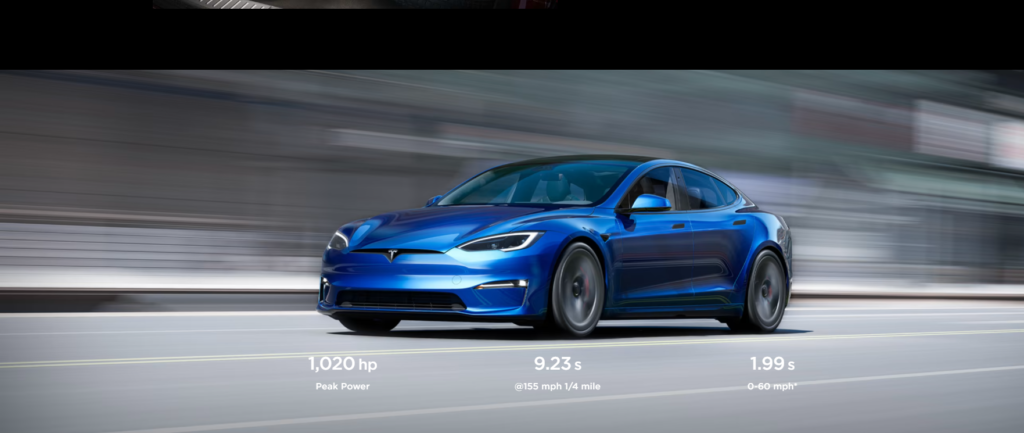esla continues to push boundaries with its Autopilot driver assist system. As of January 27, 2024, Tesla has released a comprehensive update to its Vehicle Safety Report, shedding light on the safety performance throughout the four quarters of 2023. This analysis aims to delve deep into the data, evaluating the impact of Autopilot on vehicle safety and exploring the nuances that define Tesla’s commitment to safety.

Key Findings
1. Autopilot Mileage and Accident Statistics
Tesla’s commitment to transparency is evident in its quarterly reports, detailing the number of miles driven per accident registered both with and without Autopilot technology. In 2023, when using Autopilot, the figures fluctuated from 5.18 to 6.18 million miles driven. The results present a mixed picture, with a 21% decrease in Q1, a 21% improvement in Q2, a 6% decline in Q3, and an 11% improvement in Q4 compared to the previous year.
2. Conventional Driving Comparison
Contrastingly, without Autopilot technology, Tesla vehicles demonstrated statistically higher accident rates, ranging from 1.00 to 1.52 million miles driven per accident registered. Alarmingly, these figures were consistently worse than those in 2022, with Q4 witnessing a significant 29% year-over-year decline.
3. Disparities Between Autopilot and Conventional Driving
The divergence between the safety performance of Autopilot-enabled and conventional driving continues to widen. It’s crucial to note that direct comparisons between the two datasets are invalid due to potential variations in driving scenarios and data collection methods.
Data Limitations

Despite the valuable insights provided by Tesla’s reports, certain limitations exist in the methodology. Tesla counts all accidents, regardless of cause, and attributes more than 35% of Autopilot crashes to rear-end collisions. While the data offers a glimpse into active safety system improvements over time, it doesn’t facilitate a direct comparison between Autopilot and non-Autopilot driving.
Comparative Analysis
To better understand Tesla’s safety performance, a comparison with the U.S. average is imperative. The U.S. average, standing at 0.670 million miles as of 2022, includes a diverse range of vehicles, including an older fleet with fewer safety systems. This distinction highlights Tesla’s commitment to pioneering safety in a landscape that may not reflect the latest technological advancements.
Important Factors to Consider

a. Driving Scenarios
Data collection at different driving scenarios introduces incomparability between categories. Simple highway driving and complex city driving yield varied results, emphasizing the need for nuanced analysis.
b. Seasonal and Lockdown Effects
Results may be influenced by factors such as seasonality, reduced daylight, and weather conditions. The prevalence of lockdowns during the data collection period could also impact driving patterns.
c. NHTSA and FHWA Averages
The U.S. average, updated rarely, encompasses all cars and includes information about the average distance between automobile crashes. The inclusion of older vehicles contributes to a significantly different context than Tesla’s modern fleet.
Methodology Insights from Tesla
Tesla’s commitment to accuracy is evident in its methodology for registering accidents. They collect miles traveled with Autopilot active or in manual driving without identifying specific vehicles. Crash alerts include data on Autopilot activation and deployment of restraints, ensuring conservative statistics that showcase the benefits of Autopilot.
Pingback: Blazer EV 2024 Canada Model Price, Review & Specs - InsideEVs
Pingback: Updated 2024 Tesla Model 3 Deliveries Have Been Delayed